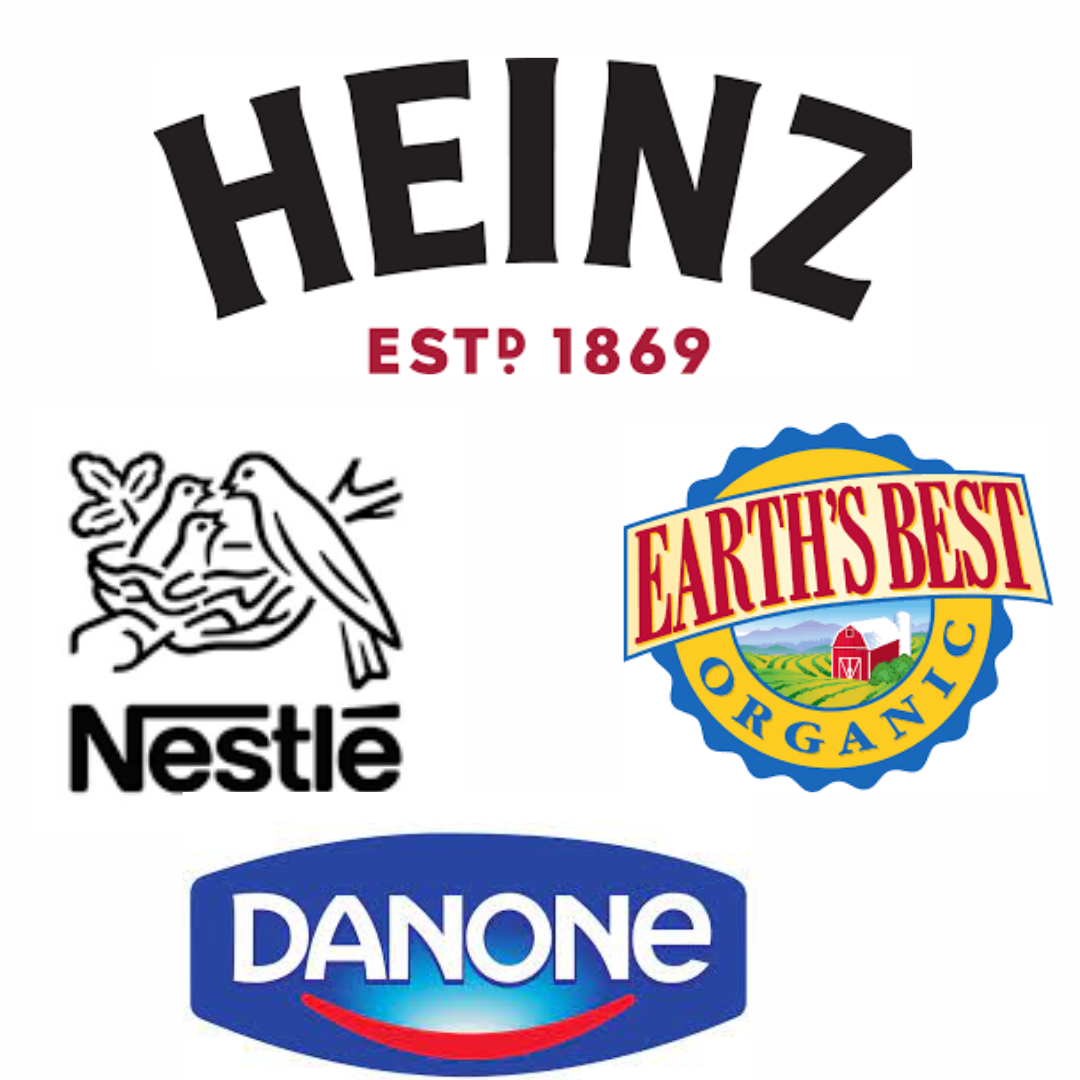The Baby Foods Market, a vital sector in the larger food industry, focuses on fulfilling the distinct nutritional requirements of babies and young children. It holds a pivotal position in fostering the well-being and maturation of the youngest members of our community. The global baby food market size was estimated at USD 83.92 billion in 2022 and is expected to hit around USD 155.32 billion by 2032, growing at a CAGR of 6.4% during the forecast period 2023 to 2032. This investigation thoroughly explores key facets of the Baby Foods Market, scrutinizing its factors for growth, prominent participants, emerging market trends, revenue patterns, market distribution, and the changing panorama of this indispensable sector.
Why is the Baby Food Market Growing So Fast?

- Busy Bees, Happy Babies: The number of working mothers is skyrocketing. Convenience is king, and baby food offers a quick and nutritious solution compared to homemade meals.
- Urbanization on the Rise: City life means smaller kitchens and less time for meal prep. Packaged baby food caters to this fast-paced lifestyle, providing readily available options for urban families.
- Disposable Incomes Getting Bigger: As economies flourish, parents are willing to spend more on premium baby food, seeking organic ingredients, specialized formulas, and innovative flavors.
- Rise of the Nuclear Family: With grandparents and extended families living farther away, the responsibility of feeding babies falls entirely on parents. Baby food fills the gap, ensuring proper nutrition when support systems are limited.
How Is the Revenue Landscape of the Baby Foods Market?
As of the latest data, the Baby Food market Revenue is amounts to US$75.59bn in 2024. The market is expected to grow annually by 5.66% (CAGR 2024–2028). In global comparison, most revenue is generated in China (US$19,990m in 2024). In relation to total population figures, per person revenues of US$9.75 are generated in 2024. The market’s economic significance is underscored by the consistent demand for baby foods across diverse geographical regions. The revenue landscape is influenced by factors such as product innovation, brand loyalty, and the ability of companies to address the specific nutritional needs of infants and toddlers.
What are the Key Trends Shaping the Baby Food Industry?
- Organic Reigns Supreme: Health-conscious parents are ditching conventional baby food for organic options, free from pesticides and artificial additives.
- Superfood Showdown: Nutrient-rich ingredients like quinoa, avocado, and chia seeds are making their way into baby food, promising optimal growth and development.
- Allergy Awareness on the Rise: Gluten-free, dairy-free, and nut-free options are becoming mainstream, catering to babies with specific dietary needs.
- Sustainability Takes Center Stage: Eco-conscious parents are opting for baby food in recyclable packaging and with minimal environmental impact.
Who are the Major Players in the Baby Food Market?

- Nestlé: This global giant holds a significant market share with brands like Gerber and Cerelac.
- Heinz: Their popular “Happy Meal” line caters to toddlers and older babies with fun shapes and familiar flavors.
- Danone: The French company is known for its organic baby food brand, Aptamil, and its focus on early childhood nutrition.
- Earth’s Best: This organic brand is a favorite among health-conscious parents, offering a variety of natural and wholesome options.
The Future of Baby Food: Where are We Headed?

Predicting the future is always a tricky business, but the baby food market is expected to remain vibrant and continue its upward trajectory, driven by several key trends:
Personalization:
- Genetic testing: Baby food could be tailored to individual needs based on genetic predispositions for allergies or sensitivities.
- Microbiome analysis: Understanding a baby’s unique gut microbiome could lead to personalized probiotics and prebiotics in baby food to optimize digestion and immunity.
Tech-driven feeding:
- Smart feeders: AI-powered devices could dispense personalized portions, track nutrient intake, and alert parents to potential feeding issues.
- Interactive mealtime apps: Gamified apps could engage babies during feeding, encouraging exploration and healthy eating habits.
Sustainability focus:
- Eco-friendly packaging: Expect more biodegradable and compostable packaging options to minimize environmental impact.
- Locally sourced ingredients: Reducing carbon footprint by sourcing ingredients closer to production facilities.
- Reduced food waste: Innovative technologies to minimize spoilage and maximize resource utilization.
Other noteworthy trends:
- Rise of functional foods: Baby food fortified with additional nutrients like omega-3 fatty acids or brain-boosting ingredients.
- Focus on cultural flavors: Introducing babies to diverse culinary experiences through globally inspired baby food options.
- Subscription models: Personalized meal plans delivered directly to homes, catering to busy parents and offering convenience.
Challenges to consider:
- Economic fluctuations: A downturn in the economy could impact discretionary spending on premium baby food options.
- Regulatory landscape: Evolving regulations around ingredients and labeling could pose challenges for manufacturers.
- Maintaining trust: Addressing concerns about processed foods and ensuring transparency about ingredients and sourcing will be crucial.



